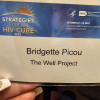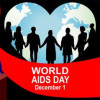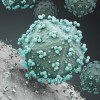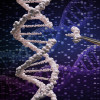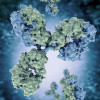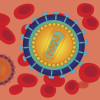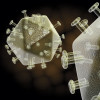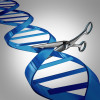
Advertisement
#Cure
MUST read
Hot topics
Advertisement
Newsfeed
- NIH "Ending the HIV Epidemic” Projects Bridge Gaps Between HIV Research and Public Health Practice [VIDEO]
- $2.97M Grant to Improve PrEP HIV Prevention Among Black Women
- NIH RECOVER Makes Long COVID Data Easier to Access
- Grindr Sued in U.K. for Allegedly Sharing Users’ HIV Status, Private Info
- Bird Flu Is Spreading Among Cattle but Milk Supply Appears Safe
Science News
Features
- Rapid Rise in Syphilis Hits Native Americans Hardest
- Bernie Sanders Seeks Feedback on $10 Billion “Moonshot” for Long COVID
- Failure to Define Long COVID Will Impede Research Progress
- The Oprah Winfrey Show Discusses the “Down Low”
- Nearly 1 in 4 Adults Dumped From Medicaid Are Now Uninsured, Survey Finds










